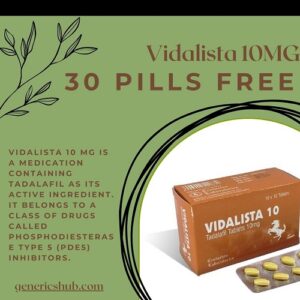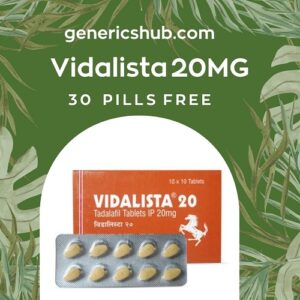Introduction: Understanding the Link
Obesity, a prevalent health issue worldwide, has been closely associated with various complications, one of the most significant being Erectile Dysfunction (ED). In recent years, researchers have delved deeper into unraveling the intricate relationship between these two conditions, shedding light on how obesity exacerbates the risk and severity of ED. In this comprehensive guide, we explore the underlying mechanisms, the impact of obesity on ED, and potential strategies for prevention and management.
The Physiology Behind Erectile Dysfunction
Erectile Dysfunction Explained
Erectile Dysfunction, commonly known as impotence, refers to the inability to achieve or maintain an erection firm enough for satisfactory sexual intercourse. It can stem from a myriad of factors, including psychological, physiological, and lifestyle-related elements. Physiologically, ED often involves compromised blood flow to the penile tissues, resulting in insufficient rigidity during arousal.
The Role of Obesity in Erectile Dysfunction
Obesity: A Contributing Factor
Obesity, characterized by excessive accumulation of body fat, has emerged as a significant risk factor for Erectile Dysfunction. The correlation between obesity and ED is multifaceted, with several interrelated mechanisms at play.
Hormonal Imbalance
Obesity disrupts hormonal balance, leading to elevated levels of estrogen and decreased testosterone, crucial for normal sexual function. This hormonal imbalance can impair libido and hinder erectile function, contributing to ED.

Endothelial Dysfunction
Obesity is closely linked to endothelial dysfunction, characterized by impaired endothelial function and decreased nitric oxide bioavailability. Nitric oxide plays a pivotal role in vasodilation, facilitating adequate blood flow to the penis during arousal. Endothelial dysfunction compromises this process, resulting in erectile difficulties.
Systemic Inflammation
Chronic inflammation, a hallmark of obesity, exerts detrimental effects on vascular health and endothelial function. The inflammatory milieu promotes atherosclerosis and vascular damage, further exacerbating erectile dysfunction.
Psychological Factors
Obesity often triggers psychological distress, including depression, anxiety, and low self-esteem, which can adversely impact sexual performance and exacerbate erectile dysfunction.
Strategies for Prevention and Management
Addressing Obesity to Combat Erectile Dysfunction
While the correlation between obesity and erectile dysfunction is evident, addressing obesity through lifestyle modifications can mitigate the risk and severity of ED. Here are some effective strategies for prevention and management:
Adopting a Healthy Diet

A balanced, nutritious diet rich in fruits, vegetables, lean proteins, and whole grains can aid in weight management and improve overall health. Limiting processed foods, sugary beverages, and saturated fats is crucial in combating obesity and reducing the risk of ED.
Regular Physical Activity
Engaging in regular exercise not only helps in weight loss but also improves cardiovascular health and enhances blood flow. Incorporating aerobic exercises, strength training, and flexibility exercises into your routine can significantly benefit both weight management and erectile function.
Weight Loss Programs
For individuals struggling with obesity, structured weight loss programs supervised by healthcare professionals can provide comprehensive support and guidance. These programs typically include dietary counseling, exercise regimens, behavioral therapy, and, in some cases, pharmacotherapy or surgical interventions.
Stress Management
Stress and anxiety can exacerbate both obesity and erectile dysfunction. Practicing stress-reduction techniques such as mindfulness meditation, yoga, deep breathing exercises, and relaxation techniques can help alleviate psychological distress and improve overall well-being.
Medical Intervention
In cases where lifestyle modifications alone are insufficient, medical interventions such as pharmacotherapy or surgical procedures may be warranted. Consultation with a healthcare provider is essential to explore appropriate treatment options tailored to individual needs.
Conclusion
The relationship between obesity and erectile dysfunction is undeniable, with obesity serving as a significant modifiable risk factor for ED. By understanding the underlying mechanisms and implementing proactive measures to combat obesity, individuals can significantly reduce their risk of developing erectile dysfunction and improve overall sexual health and well-being.